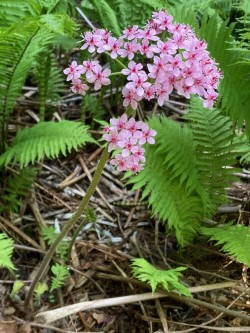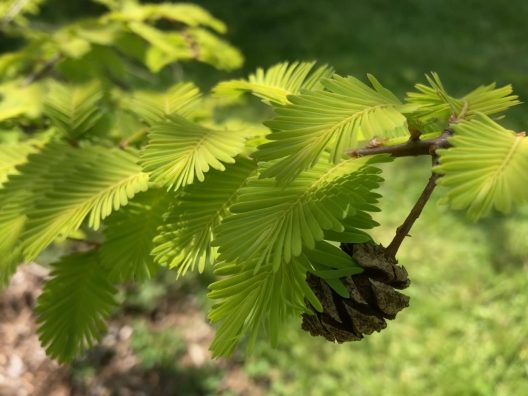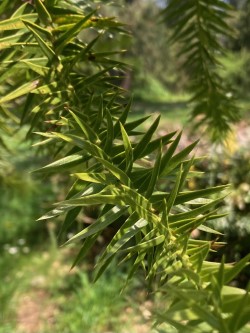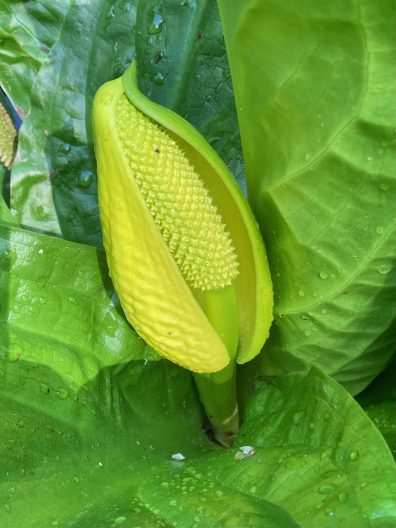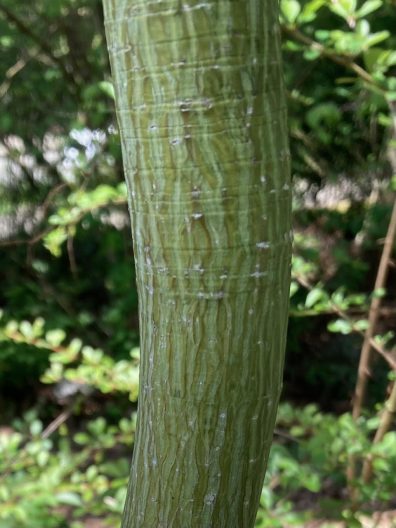Some plants to visit on your walk at the Washington Park Arboretum
1) Darmera peltata Umbrella Plant
|
|
2) Metasequoia glyptostroboides ‘Ogon’ Gold Rush Dawn Redwood
|
|
3) Araucacia angustifolia Pirana Pine
|
|
4) Lysichiton americanus Western Skunk Cabbage
|
|
5) Acer davidii Pere David’s Maple
|
|
